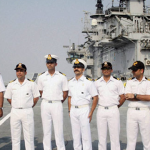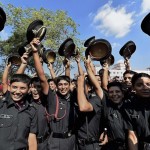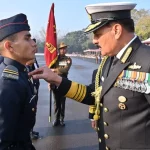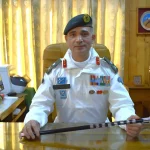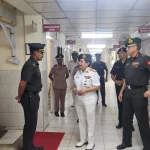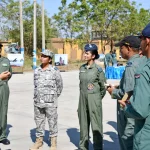Hello, Warriors! Indian Army is headquartered in New Delhi, under the overall command, control and administration of the Chief of Army Staff (CoAS). The primary responsibility of the army is to safeguard the territorial integrity of the nation and to maintain peace and security within its borders.
As covered in the previous articles, the Indian Army is branched into Arms and Services based on the nature of work the troops do.
This article acquaints you to the field formation in the Indian Army.
- Corps: Pronounced as ‘kor’, it is the highest field formation in the army. A corps head quarter can reallocate from one sector to another or even to another command head quarter depending on the operational requirements. Each command head quarter (Western, Eastern, Southern, etc) has two or more corps under its control. A corps head quarter in turn has two or more army divisions under its supervision, depending upon the operational requirements of a corps sector. Currently, the army has 3 ‘Strike’ corps and 10 ‘Holding’ corps in active service.
- Division: An army division is the largest striking force in the field and has balanced components of the arms and services to fight a war in a given terrain. There are three types of army divisions according to operational needs. These include Infantry/Mountain division, Armoured division and artillery division. In the Himalayas, tanks or mechanized infantry is not required. Here, infantry based mountain divisions operate, while in Punjab or Rajasthan all the three types of divisions are not required.
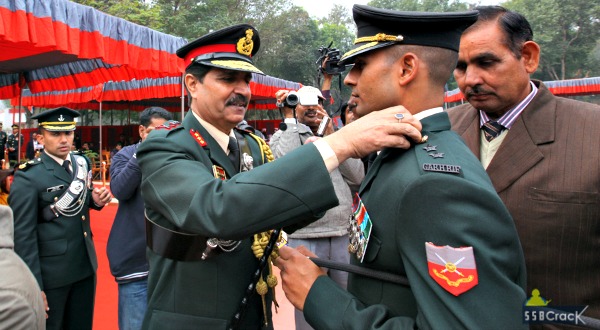
- Brigade: A brigade is the smallest fighting formation of the army, consisting of 3000 combat troops. There are five types of army brigades according to operational needs. These include Infantry/Mountain brigade, Mechanised brigade, Parachute brigade, Armoured brigade and Artillery brigade.
- Batallion: It is commanded by an officer of the rank of Colonel. The battalion is self-contained and hence, it is the infantry’s main fighting unit. It comprises more than 900 combat personnel. It includes second-in-command (2-in-C) and four company commanders, with four infantry companies. The battalion of Artillery and Armoured formations is called a Regiment.
- Company: It is commanded by a commissioned officer, usually a Major and has small head quarters. It comprises three infantry platoons with a total strength of 120 soldiers.
- Platoon: It is headed by a Junior Commissioned Officer (JCO), usually a Subedar and with a 2-in-C, usually a Havildar. It is a composite fighting unit with its own direct support weapons. Generally consists of three sections of 33 to 36 soldiers.
- Section: It is the smallest structure of the army commanded by a non-commissioned officer (NCO), usually a Lance Havildar or Havildar. It is the Infantry Section or its equivalent in other arms and services. Its strength is normally at 11 jawans, but under adverse conditions, it may become less.
P.S.: Second in Command or 2-in-C refers to the officer/person who is immediate in command of the formation if, the first commander cannot hold the command.








